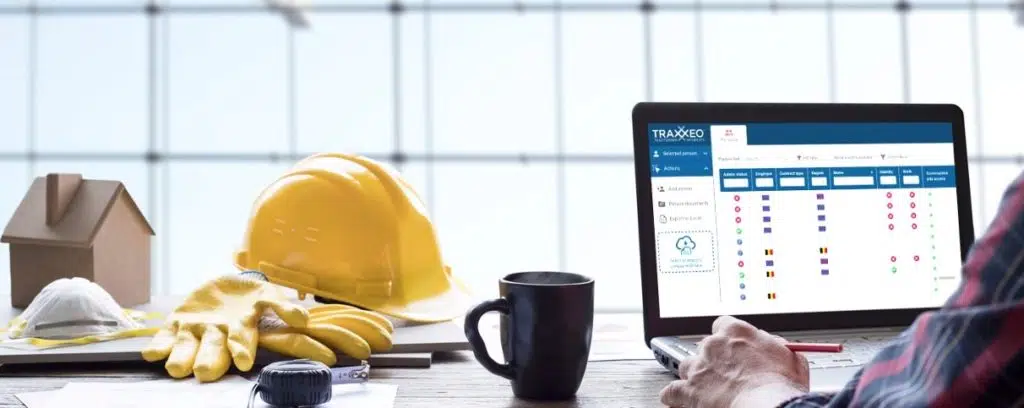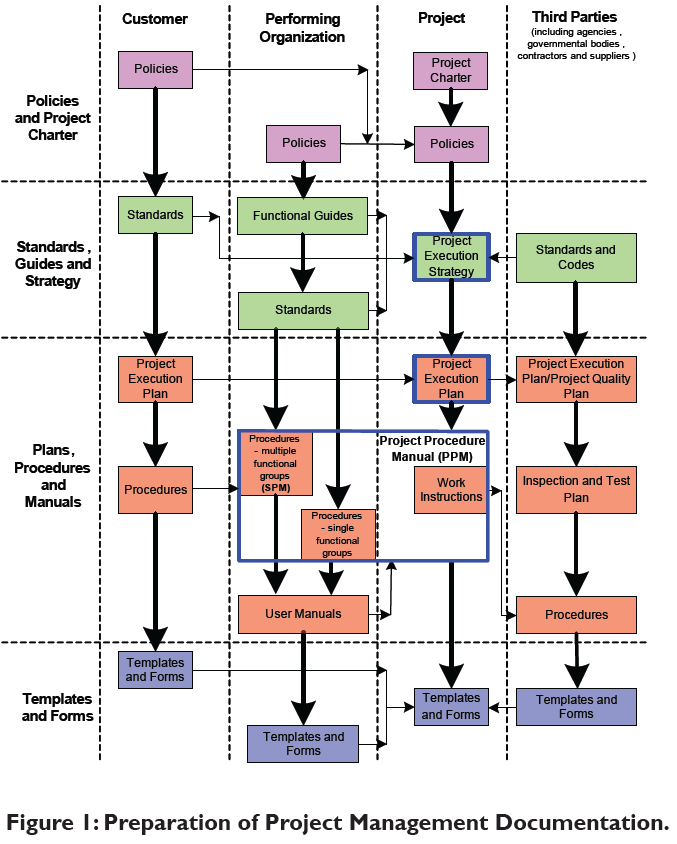Navigating Intricacy: Exactly How Construction Document Management Software Application Can Help
Enhancing Workflow Efficiency: Architect's Expert Techniques for Construction Paper Management
In the world of architectural style and building and construction, the thorough monitoring of documents stands as a cornerstone for project success. These techniques not only guarantee smooth project progression but likewise hold the essential to unlocking improved productivity and precision in the elaborate realm of construction paper administration.
Secret Paper Organization Techniques
When managing construction documents, among the vital strategies that designers utilize is establishing a systematic and efficient company system. This system typically involves classifying records based upon their type, such as drawings, specifications, agreements, and allows. By producing distinct and clear categories, engineers can promptly find particular information when required, conserving time and lessening errors in the construction procedure.
Within each classification, engineers even more arrange documents by producing subfolders or making use of numbering systems to represent variations or modifications (construction document management). This ordered structure makes sure that one of the most pertinent and current info is conveniently accessible while keeping a record of modifications made throughout the task timeline
Moreover, designers usually utilize digital file administration systems that use attributes like keyword search features, variation control, and access restrictions to enhance company and collaboration among job stakeholders. These tools enhance the paper access procedure, advertise real-time updates, and facilitate smooth communication, inevitably adding to the total success of the building and construction task.
Collaborative System Assimilation
To enhance paper administration effectiveness in construction projects, engineers flawlessly incorporate collective platforms to enhance interaction and enhance sychronisation among project stakeholders. By leveraging collaborative systems such as job administration software, cloud-based storage space systems, and interaction tools, architects can develop a central hub for all project-related records and interaction channels. These systems enable employee to accessibility, evaluation, and collaborate on papers in real-time, minimizing delays and the threat of errors connected with typical paper management approaches.
Collective platform combination also promotes openness and accountability within the job group, as all stakeholders have visibility into the current project updates and alterations. By streamlining interaction and record sharing, architects can make sure that all staff member are working from the most updated information, lessening the chances of disputes or misunderstandings developing because of outdated records.
Additionally, collaborative systems allow smooth partnership between engineers, service providers, customers, and various other task stakeholders, promoting a more effective and natural job workflow. By damaging down interaction barriers and assisting in info exchange, designers can drive efficiency and development in construction tasks, inevitably resulting in successful job end results.
Variation Control Finest Practices
Carrying out effective version control practices is essential for maintaining document accuracy and uniformity in building jobs. By establishing a clear system for taking care of alterations, job teams can guarantee that every person is working from the most up-to-date documents, decreasing the danger of errors and discrepancies throughout the construction phase.
Among the crucial ideal practices for version control is to assign special identifiers to each her response document variation. This can be attained by utilizing a numbering system or day stamp that plainly suggests the order of alterations. By plainly classifying each model, group members can easily track the development of the file and identify the most current version.

Automation Tools for Efficiency

Record control software, like Procore or PlanGrid, streamlines job documentation, making it easily accessible to all stakeholders. These platforms permit real-time partnership, variation control, and automated backups, securing versus information loss. Furthermore, Building Info Modeling (BIM) software application automates the generation of construction drawings and ensures that modifications more tips here are synchronized throughout all relevant files.
Incorporating automation devices with cloud storage remedies even more enhances accessibility and safety. By automating the file administration procedure, task teams can focus their time and initiative on value-adding tasks, ultimately improving productivity and task end results.
Secure Data Monitoring Solutions
Efficiently handling and protecting project data is extremely important in the building and construction market to make sure privacy and stability throughout the project lifecycle. Architectural companies can make use of encrypted cloud storage space services to securely store and share job records with licensed personnel.
Moreover, utilizing electronic rights monitoring (DRM) tools adds an extra layer of security by avoiding the unauthorized circulation or replication of task files. Routine information back-ups are necessary to minimize the danger of data loss due to unexpected conditions like hardware failures or cyber-attacks. Collective systems with built-in safety and security features make it possible for smooth interaction and data sharing amongst task staff member while preserving information stability.
Final Thought
In final thought, implementing vital paper organization strategies, integrating collective systems, exercising variation control best methods, utilizing automation tools, and embracing safe and secure data administration solutions are essential approaches for improving workflow efficiency in construction paper management. These experienced strategies can improve processes, improve communication, guarantee precision, and maintain data security throughout the building task lifecycle.
In the world of architectural style and building and construction, the precise monitoring of records stands article source as a keystone for project success. These strategies not just guarantee smooth job development yet additionally hold the crucial to opening enhanced efficiency and accuracy in the complex realm of construction document management.
To enhance document monitoring effectiveness in building and construction tasks, designers seamlessly integrate collaborative systems to enhance interaction and enhance sychronisation amongst job stakeholders. These systems permit team participants to gain access to, evaluation, and team up on records in real-time, minimizing delays and the threat of mistakes associated with conventional record administration approaches.
Utilizing automation tools in building and construction record administration significantly improves efficiency and enhances procedures for task groups. construction document management.